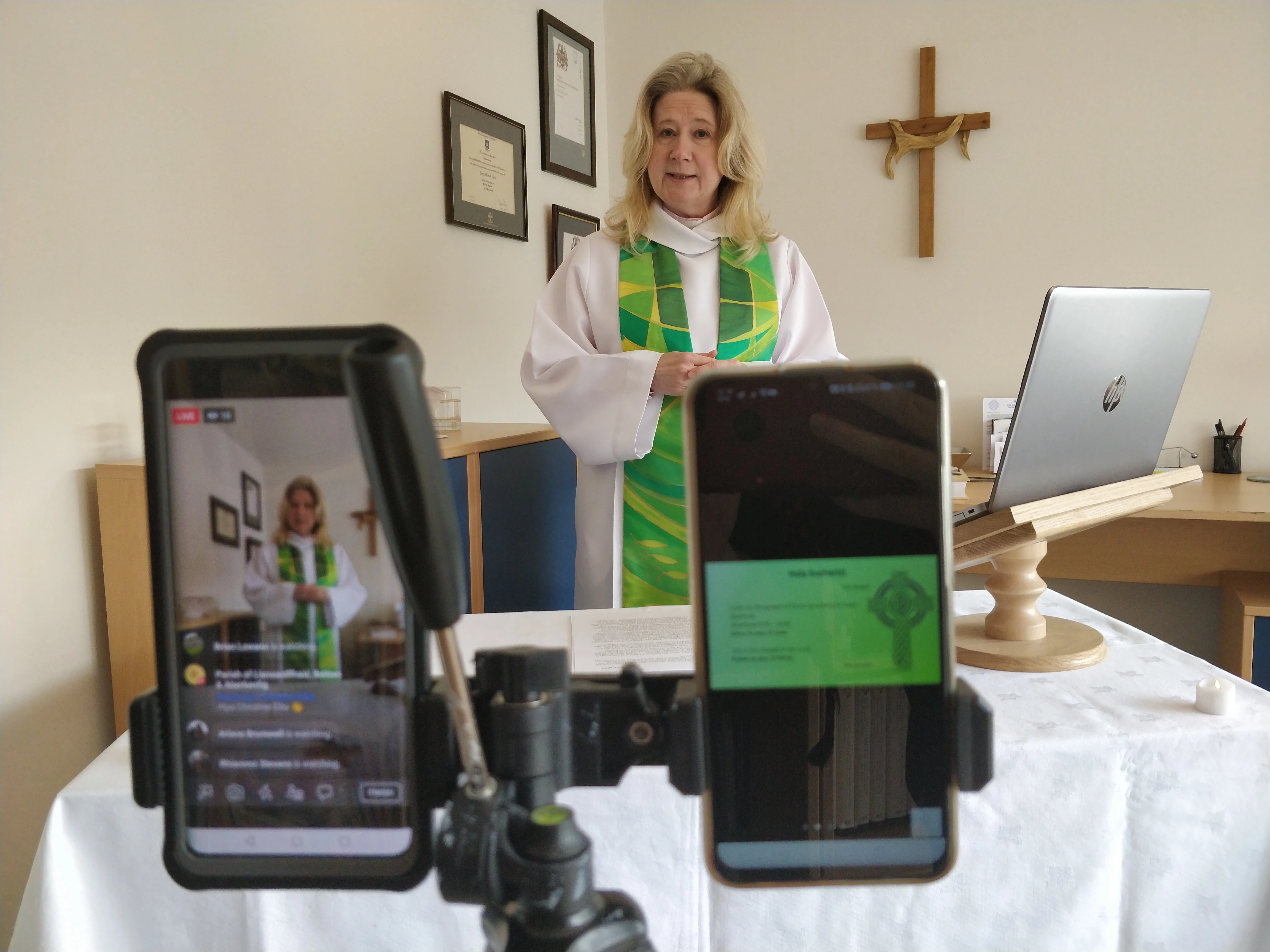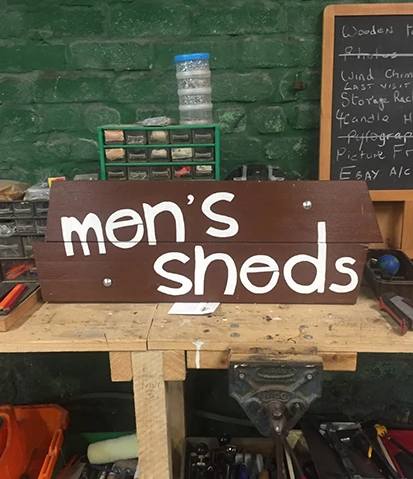Arddangosfa Gobaith Amgueddfa Wlân Cymru
, 17 Mehefin 2020
Dyma adeg hollol newydd a heriol i bawb, a gobeithiwn eich bod yn cadw’n ddiogel ac yn iach. Gall creadigrwydd a theimlad o gymuned ein cefnogi ni drwy’r amser caled hwn, ac felly mae’r Amgueddfa wedi lansio Arddangosfa Gobaith gyda’r nod o fod yn ffurf o obaith gweladwy i bawb.
Mae pobl dros Gymru gyfan, gan gynnwys staff a gwirfoddolwyr Amgueddfa Cymru, wedi bod yn creu sgwariau a fydd yn cael eu pwytho at ei gilydd gan ein gwirfoddolwyr arbennig yn Amgueddfa Wlân Cymru i ffurfio blanced enfys enfawr. Rydym hefyd yn casglu lluniau o ddarnau celf enfys sydd wedi bod yn addurno ffenestri ym mhob cwr o’r wlad. Bydd y rhain yn cael eu defnyddio i greu un darn o gelf a fydd yn cael ei arddangos ar y cyd â’r flanced enfys.
Defnyddir enfysau fel symbol o heddwch a gobaith, ac fel rydym yn gwybod, maent yn aml yn ymddangos pan fydd yr haul yn gwenu yn dilyn glaw trwm. Maent yn ein hatgoffa bod goleuni ym mhen draw’r twnnel yn dilyn cyfnodau anodd.
Yn dilyn yr Arddangosfa, bydd blancedi llai’n cael eu gwneud o’r flanced enfawr, a’u rhoi i elusennau.
Gall pawb gymryd rhan yn yr arddangosfa hon. Rydym yn gwahodd pobl i greu sgwâr 8” neu 20cm sut bynnag maen nhw eisiau, boed hynny drwy wau, gwehyddu, ffeltio neu grosio, mewn unrhyw batrwm ac unrhyw liw o’r enfys. Yn ogystal â hyn, gofynnwn i bobl anfon lluniau atom o’u henfysau gwych. Darllenwch yr erthygl yma am ragor o wybodaeth am sut i gymryd rhan.
Mae gan Amgueddfa Wlân Cymru nifer o wirfoddolwyr crefft a gwirfoddolwyr garddio sy’n cynnal Gardd Lliwurau’r Amgueddfa. Maent wedi bod yn brysur iawn yn cyfrannu at yr Arddangosfa. Mae Susan Martin, gwirfoddolwraig garddio, wedi creu a nyddu edafedd wedi’i liwio’n naturiol. Mae’r lliwiau enfys wedi’u gwneud o laslys, lliwlys a madr, wedi’u cyfuno â gwyn i roi effaith brethyn ysgafnach, ac mae’r planhigion i gyd i’w gweld yng Ngardd Lliwurau Amgueddfa Wlân Cymru.
Dyma rai o’r pethau gwych mae Cristina, un o wirfoddolwyr crefft yr Amgueddfa, wedi’u creu.
Dyma ragor o eitemau arbennig gan Amanda, gwirfoddolwraig crefft.
Diolch i bawb sy’n cymryd rhan. Am yr wybodaeth ddiweddaraf a lluniau o Arddangosfa Gobaith Amgueddfa Wlân Cymru, edrychwch ar ein tudalen Facebook neu ar Twitter @amgueddfawlan.






